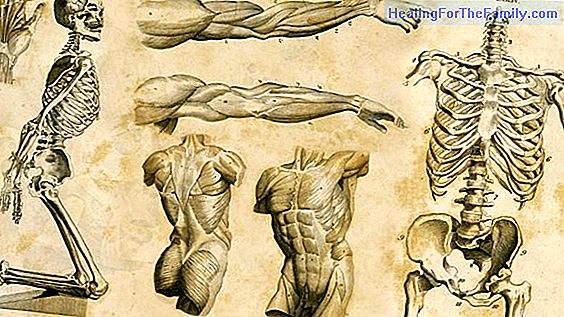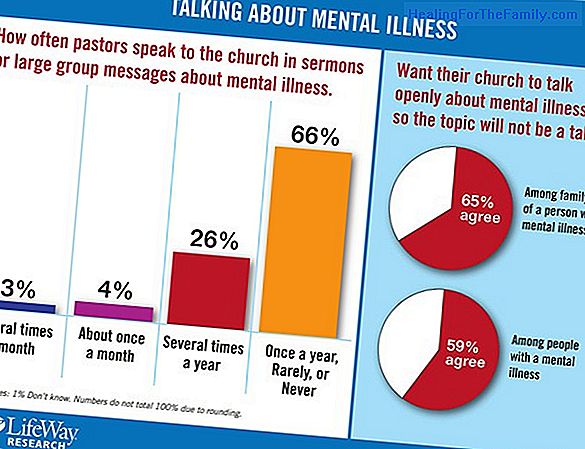Symptoms and treatment of tetanus in children
Tetanus is an acute disease of the central nervous system, secondary to the effect of a toxin generated by a bacterium called Clostridium tetani. Thanks to vaccines, it is a disease practically eradicated in first world countries, and in those with adequate vaccination coverage. In addition, too man
Tetanus is an acute disease of the central nervous system, secondary to the effect of a toxin generated by a bacterium called Clostridium tetani. Thanks to vaccines, it is a disease practically eradicated in first world countries, and in those with adequate vaccination coverage. In addition, too many coincidences are necessary for the disease to develop, although unfortunately, it is not impossible. Symptoms of tetanus in childrenIn case the toxin reaches the nervous tissue, the main symptoms would be the following:
- Painful and generalized muscular contractions

, that increase in frequency and intensity before any minimal external stimulus. Among the classical clinical manifestations, trismus (spasm of the muscles of mastication that prevents the opening of the mouth), the position of opisthotonos (in which the body is curved backwards in the form of an inverted C, that is, literally like the girl from The Exorcist when she goes down the stairs of her house) and the "sardonic laughter" (contraction of the muscles of the face that imitates laughter).
- These painful contractions can be accompanied bysigns of hyperactivity of the sympathetic nervous system
. That is, tachycardia, variability of blood pressure, sweating or intense elevation of body temperature. - Despite these neurological manifestations, the patient's alert level usually stays normal, andthe child is aware of everything that happens to him.
- Likewise, and despite being an infectious disease, it is usually without fever.
Tetanus mortality, once symptoms have begun, is high despite starting treatment oscila, and ranges from 20% to 70% of cases. When the evolution is satisfactory, after persisting the symptomatology for about a week, a slow recovery begins during the next months. No sequelae, unless the muscle spasms have caused a lack of oxygenation to the brain. Therefore, and given that it is not a joke, we must be aware that vaccination prevents the development of this horrible disease. Who writes these lines has never had to face her as a pediatrician, and it is not a matter of luck, it is thanks to vaccines.
How to treat a child infected with tetanusIn case of developing the disease, the treatment is fundamentally based on:
- Cleaning the "tetanigenic" wound
, so that the greatest amount of oxygen arrives and prevents the development of the bacteria that they produce the toxin.
- Administer antibiotics
, to also avoid the proliferation of said bacteria.- Administer antitoxin
, to prevent it from reaching nervous tissue. The problem is that the toxin that has already reached this tissue, can not be eliminated.- Quiet and quiet environment
to avoid stimuli that trigger muscle contractions.- Admission to a pediatric intensive care unit para, to administer muscle relaxants and blockers, among other life support measures.
Therefore, and if, like me, this short horror novel horrifies them, they will agree with me that the best strategy is prevention, that is, to be vaccinated and consult the pediatrician in case of "tetanigenic" wounds, that is, deep, serious, dirty or contaminated. And if among the readers I am lucky enough to find some "anti-vaccines", do what you want with the rest of the vaccines, but put this to your children, because the immunity of the group, the herd effect, in this case they do not will protect And from the wounds ... is anyone safe?












